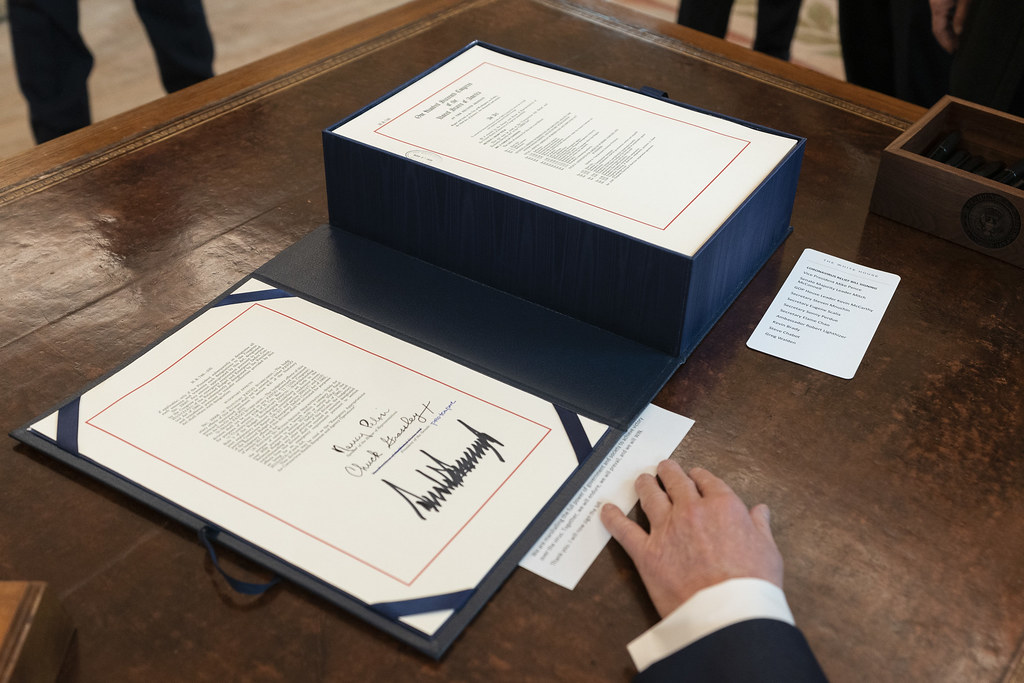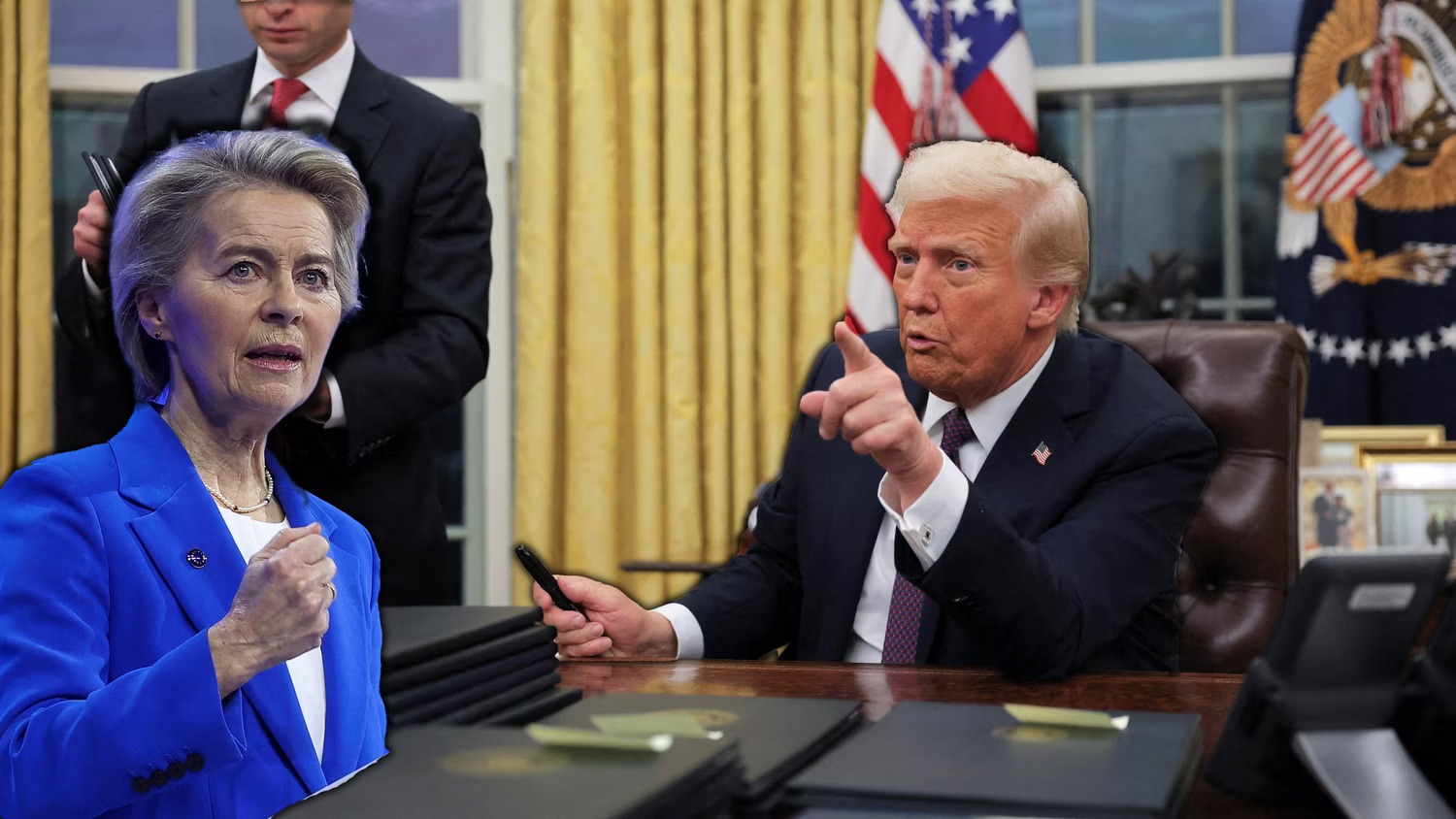Financial markets have exhibited notable fluctuations following the recent attempted attack on former U.S. President Donald Trump, occurring on a Saturday. This event has notably shifted the dynamics within various asset classes, closely tied to the perceived likelihood of Trump securing a victory in the upcoming November 4 elections.
Bitcoin and Crypto Market Response
Since the weekend incident, Bitcoin (BTC) has experienced a 7% increase, reaching a price of $62,500. This rally appears to be influenced by the growing perception that Trump, who has recently adopted a pro-crypto stance, may return to power. The probability of Trump’s election victory now stands at 70% on the prediction market platform, Polymarket.
The surge in Bitcoin coincides with its ascent above the critical 200-day Simple Moving Average (SMA), a key indicator for long-term trends. This move is viewed positively by momentum traders and could signal a potential reversal of the downtrend that began in early June, as per data from CoinDesk. Additionally, Trump-themed Polifi tokens, which merge political events with financial instruments, have also seen increased interest and valuation.
Trump’s Pivot to Crypto
In recent months, Donald Trump has pivoted towards supporting cryptocurrency, aiming to leverage this position to outpace his political rival, Joe Biden, and captivate the crypto community—a demographic perceived as seeking a more favorable regulatory landscape. Bitcoin, along with the broader cryptocurrency market, has increasingly become intertwined with Trump’s political fortunes. The former president has also announced his intention to speak at the Bitcoin 2024 conference in Nashville, Tennessee, on July 27.
Greg Magadini, director of derivatives at Amberdata, reflected on the impact of the weekend’s events, stating, “The biggest fundamental news over the weekend was the Trump assassination attempt. Absolutely insane. This has improved the odds of a Trump presidency. Trump being the pro-crypto president should help galvanize the cryptocurrency bids.”
International Currency Fluctuations
The incident has had repercussions beyond U.S. borders, influencing international currencies. The Chinese yuan (CNY) traded lower against the U.S. dollar, potentially in response to the prospect of a Trump administration reinstating higher trade tariffs. Earlier this year, Trump suggested he might revoke China’s “most favored nation” status and apply tariffs exceeding 60% on Chinese goods. Similarly, the Mexican peso (MXN) has weakened, likely due to Trump’s historically tense relations with Latin America during his previous term.
The futures market tied to the 10-year U.S. Treasury note has indicated a drop in prices, suggesting an anticipation of higher yields—a result of expected increased government spending, tax cuts, and higher budget deficits under a potential Trump administration. Investment banks are predicting that a Trump victory could lead to a steeper yield curve in the coming months, historically associated with increased risk aversion in financial markets.
As of the latest updates, futures linked to the S&P 500 show a slight increase of 0.18%, hinting at a positive market opening on Monday. This comes amidst a backdrop of falling Asian stock markets, driven by disappointing economic growth figures from China. The dollar index, which tracks the value of the U.S. dollar against a basket of major currencies, has risen slightly by 0.10% to 104.19, according to TradingView data.
The recent incident involving Donald Trump has not only sparked a surge in specific asset classes but also heightened the interplay between politics and market dynamics. As November 4 approaches, the financial markets are likely to remain sensitive to political developments, reflecting the broader uncertainties that characterize this election cycle.










